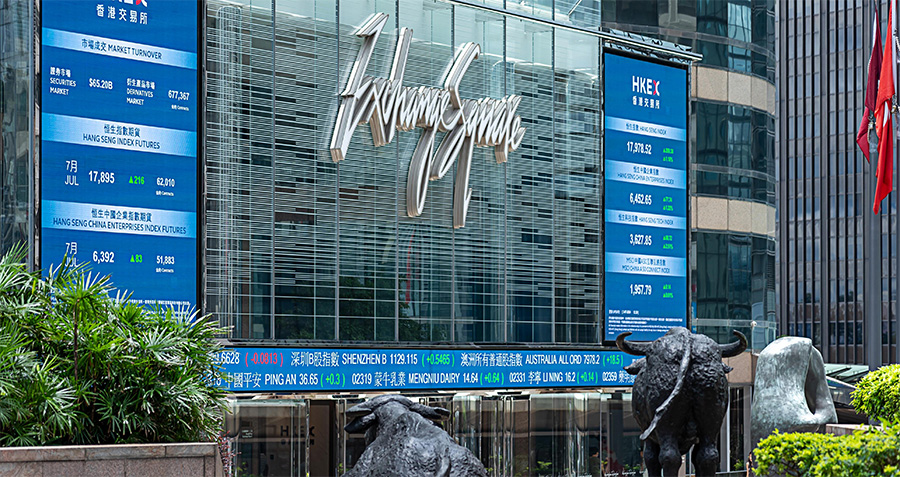Sealing the deal for an acquisition is just Step One in a 1,000 mile journey. The next step—of merger integration—can often be gut-wrenching and tough.
Even when a deal is signed, the acquisition is far from over. The next step, integration, can be even more challenging. As noted earlier in this series, up to 80% of M&A transactions fail to create any new value.
Given that marriages in rich countries end in divorce about half the time, it’s perhaps not surprising that a union between thousands of people also faces long odds. But integration experts say that with foresight, planning and clear communication, many of those challenges can be overcome.
“Buying a company and then integrating it is a bit of crazy. There’s a lot of things going on. There are a lot of wheels that are going to wiggle and possibly come off the bus, there’s a lot of fear with employees, there’s an incredible amount of system change,” says Robert Sher, founding principal of CEO to CEO, a San Ramon, Cal. consulting firm that specializes in mid-sized companies.
A good first step is to try to understand the culture of the acquisition and compare it to your own, experts advise. “Having a good, hard look at culture will really increase the rate of success,” says Nancy Benthien, a director at Endeavor Management, a global management consultancy.
The Cairo-based consultant and executive coach says that it pays to study the company’s culture closely before you try to integrate the companies. In addition to direct observation, her group uses cultural assessment tests with off-the-shelf assessments such as the Schweiger-Larkey Organizational Culture Index (SLOCI), the CultureActive Model, and the Geert Hofstede model of cultural differences.
“Those kinds of assessments plus interviews and feedback-style workshops are ways that we dive into and understand not just the stated values… but some of the deeper questions such as: how does hierarchy work within the organization? How does decision making happen? What’s risk-taking like? What’s leadership?”
Of course, the degree of respect for hierarchy can be a key difference. In the Middle East, for instance, “there’s a lot of deference to people in power and the idea of challenging and questioning something contrary to a leader would be difficult or rude,” notes Benthien.
In the West, however, it can be a mistake to focus entirely on the top brass. Influence in a Western company isn’t entirely dependent on hierarchy, says Paul Siegenthaler, a London-based integration specialist, and understanding who has influence in the organization can help disseminate messages more clearly and effectively.
Beyond that, Benthien says, frank discussions about how both companies operate can help avoid misunderstandings later. Often, she observes, assumptions that people aren’t even conscious of can become their greatest sources of misunderstanding. Sometimes, she says, even companies within the same culture and the same industry have completely different ways of doing business.
“Even if we’re just talking about corporate culture, not regional culture, the assumption is that we are so much alike that we’ll get beyond these things,” she says. But you’re better off if you ask questions: What’s your risk profile? How do you make decisions in your organization? Does everything have to go up the flagpole? “Those kinds of questions end up being really key struggle-points in how companies work together,” she says.
Timing matters too. In the first few months after the deal is closed, executives of the new company often have a window in which they can set new norms, but a lot depends not just on what they say but how they act, warns Benthien.
It’s important to set the stage correctly, she advises. What the new leaders do matters a great deal, often even more than what they say. Be as open as you can about your intentions, make commitments and then stick to those commitments.
“We see leaders struggle with communicating to their organization about what’s going on… They don’t want to say something that’s not true. They don’t want to have to go back or backtrack,” Benthien says. But she argues that it’s worth the risk. Especially for a Western organization, she says, over-communicating—with as much transparency as possible—is better than under-communicating.
“What’s really critical at that point is leadership being aware of their actions,” Benthien adds. “A lot of leaders forget they’re being watched by employees, and then their behavior gets mimicked, or cascaded, through the organization.”
When it comes to Chinese companies buying foreign companies, integration experts say executives should expect some challenges. “There’s some good and bad news. The bad news obviously is that there’s a big difference between the way they would be conducting business and the way things are done in the Western world,” says Siegenthaler.
And the good news? “The good news, I think, is that people expect there to be a big gap, so people will be actively observing and listening—in both directions,” he says.
Often, in his experience, companies from cultures that are more superficially similar actually have a harder time with integration—Austrian and German companies, for example, or English and American companies. People expect behavior to be roughly the same, but in fact subtle differences can create confusion. Between the Americans and British, for instance, he has found the Americans tended to be somewhat more hierarchical-minded.
In addition to national cultural differences, legal systems also drive different kinds of behavior. On paper, for instance, French and German companies should not be all that different for an acquirer to integrate, but in practice, German units tend to take much longer to integrate than French, because the German corporate legal structure requires that workers agree to any major changes, according to Siegenthaler.
Besides understanding the identity of your acquisition, being clear about your organization’s own identity is also important, particularly when anxiety is high, according to Benthien. “People can have fears about new situations because of their own biases and assumptions. They end up interpreting situations based on their own biases and assumptions whether those are real or not,” she says.
One special disadvantage a Chinese company is likely to face is a negative Western stereotype about what it’s like to have a Chinese employer. As unfair and outdated as it may be, the image of the Chinese sweatshop is still strong, and a company eager to keep its most talented people will need to be proactive in reassuring people about the company, Siegenthaler says.
Sher advises extremely detailed planning ahead of the closing. Sometimes even tiny overlooked details can cause huge problems. “You get a picking ticket, the piece of paper that people pull products from in a warehouse, and it’s different, and the columns are different—I watched my own team go to half-speed because it’s printed out differently and they have to use a different computer system,” he recalls. “…People get into habits, they get fast at things. That goes away in an acquisition.”
Not only do integration plans need to be detailed, the discussions about them should be conducted in a respectful way, Sher advises. The goal is to work together to create a new and better company, he says. “As opposed to the ‘we bought you, therefore we’re smarter than all of you, and you’re going to do it our way and you’re going to enjoy it, let’s go.’ That happens too often.”
To read all the articles in the When East Buys West series, please click here.





















